Imagine the sun shining on your lawn, birds chirping, and the smell of fresh earth. Sharing knowledge, building community, and practicing sustainable living at a backyard homesteading skills course may be rewarding. Let’s explore ways to make your garden an educational paradise.
First, identify what skills to cover. Homesteading includes gardening, composting, hens, and food preservation. Choose things you care about that can fit into your space and budget. Starting with homemade jam or beekeeping skills may be helpful.
After choosing subjects, consider logistics. You’ll need enough space for folks to move around without tripping on each other or your tomato plants! When teaching various skills, set up stations so participants can rotate.
We are discussing supplies now. List everything you’ll need for each activity. Gather kitchen scraps, yard garbage, and compost bins before teaching composting. Prepare seeds, soil, and pots for gardening lessons. You don’t want people wasting time because you’re missing something important.
Another critical step is workshop promotion. Facebook and Instagram are excellent for quick communication. Create a public event page with the date, time, and location. Remember local community boards and newsletters—old-school approaches can work!
Track attendees when they sign up so you know how many will arrive on event day. Simple spreadsheets work well here.
Welcome everyone kindly on the workshop day. Start the conversation with homesteading trivia—did you know urban farming extends back thousands of years? Keep things casual yet orderly so people can ask questions and offer advice.

At each skill station, give clear instructions and encourage hands-on engagement. People learn best by doing! Help someone plant seeds or turn compost gently rather than taking over.
Remember that acquiring new skills is hard; appreciate minor wins! Did someone master pressure canning? High-five them! Did anyone make a chicken coop? You should cheer that too!
Take gaps between sessions to converse informally—this helps create group ties and community spirit through workshops.
Add storytelling to your lessons to make knowledge more memorable and engaging! Tell stories like “the time my chickens escaped” or “how I almost gave up growing tomatoes.” These stories provide color and provide real-life lessons.
Remember refreshments—a jug of lemonade refreshes after digging in the dirt in the sun!
As we conclude this segment (not conclusion!), let’s discuss gathering post-event feedback for future changes and analyzing what worked and what didn’t. Would a round-up session soon be appropriate?
You should now be encouraged to conduct a backyard homestead skill-sharing event that will leave a lasting impression!
Starting a Community Seed Exchange at Your Backyard Homestead
Imagine a busy backyard with neighbors trading small packets of potential. A communal seed exchange is about building relationships and promoting gardening. How to start a backyard communal seed exchange program.
You need a strategy first. You can’t merely scatter seeds like confetti at a parade and hope for the best. Consider what seeds to switch. Are we talking about vegetables, flowers, or rare heirlooms? Find out what your neighbors want to cultivate.
Let’s talk logistics. Where’s this party? The obvious choice is your backyard, but ensure everyone has enough room to spread their treats. If space is limited, join with a park or community center.
Next, spread the word. No one will attend if they don’t know! Use social media, store flyers, and word of mouth to spread the word. Set the day, time, and what people should bring—seeds, tools, and containers.
On event day, set up tables or blankets for seed displays. Labeling is essential to avoid planting mystery seeds and creating a forest in your garden. Encourage attendees to bring seed origins, growing instructions, and special tips.
Add activities or workshops to liven things up. Someone can prepare compost tea or offer companion planting advice. These bonus items can make your seed swap instructive.
Remember refreshments! Gardening is thirsty. Simple water and snack stations can keep everyone happy and interested.
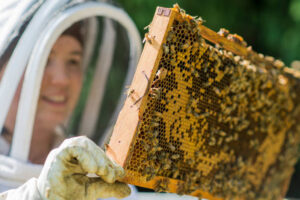
Sharing seeds and stories will lead to remarkable connections around common interests and ambitions. The goal is to develop a community that grows food and flowers, not merely trade plants.
What happens after the swap? To maintain momentum, create a Facebook group or email list where gardeners can share updates and ask for guidance. This communication will convert your one-time event into a gardening community.
Remember that swaps need not be significant. Smaller meetings can be just as effective—and even more intimate and fulfilling.
Try a “seed library” where individuals may borrow seeds like books and return them when they’ve harvested new seeds from their plants.
Storytime! My first seed transfer was especially memorable. A neighbor handed me tomato seeds with reverence. “These are Cherokee Purples,” he whispered, disclosing state secrets. My grandmother grew these every summer.” I remember that moment because it wasn’t just about collecting free tomato seeds but about sharing history and tradition.
Another tip: experiment! Someone sent homemade seed bombs—clay balls with wildflower seeds—perfect for guerrilla planting across town one year!
Kids adore getting involved, too! Please set up a station where they may decorate pots or plant fast-growing herbs like basil or cilantro.
One final thing before organizing: always have extra labels, pencils, bags, etc., since someone will forget theirs at home!
Here’s how to start a community seed exchange program in your backyard homestead! It’s more than swapping plants—building friendships based on our love of gardening!
Consider the sun on your grass, birds chirping, and fresh earth scent. A backyard homesteading skills workshop can be valuable for learning, community, and sustainability. Start making your yard an educational paradise.
Determine the skills to cover. Homesteading involves gardening, composting, chickens, and food preservation. Choose themes you love and meet your space and budget. Beekeeping or homemade jam may be good starting points.
Consider logistics. Provide adequate space for participants to move without stumbling over tomato plants. Provide stations for each skill to rotate through.
Discuss supplies. Include everything needed for each action. Composting classes require kitchen scraps, yard trash, and bins. Prepare gardening seeds, dirt, and containers. Save time by missing something crucial.
Advertise the session via social media, community boards, and newsletters. Create a public event page with all the details and use a spreadsheet to track attendees.
On workshop day, greet everyone and start with homesteading trivia. Each station should include clear directions and hands-on activities. Celebrate little wins and take breaks for informal chats to establish community.
Imagine a busy backyard seed swap with neighbors sharing packets of possibility. Choose vegetable, floral, or heirloom seeds to swap. Choose a large venue and advertise on social media and fliers.

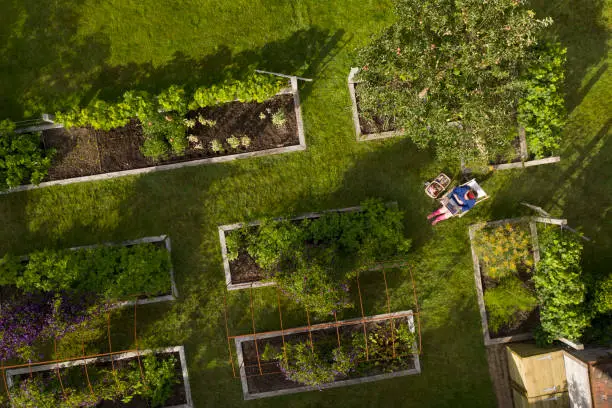
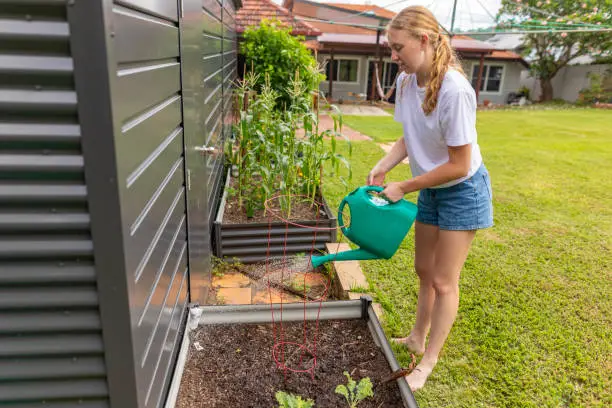
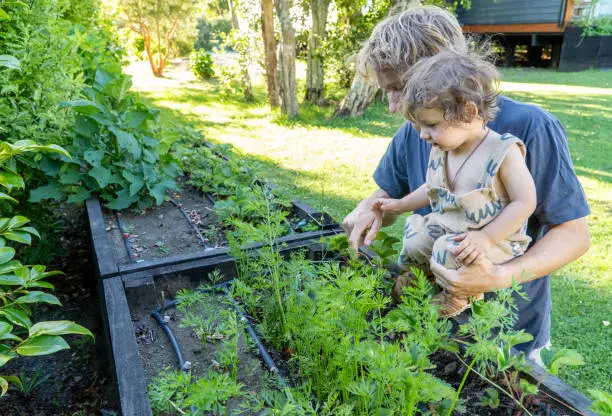
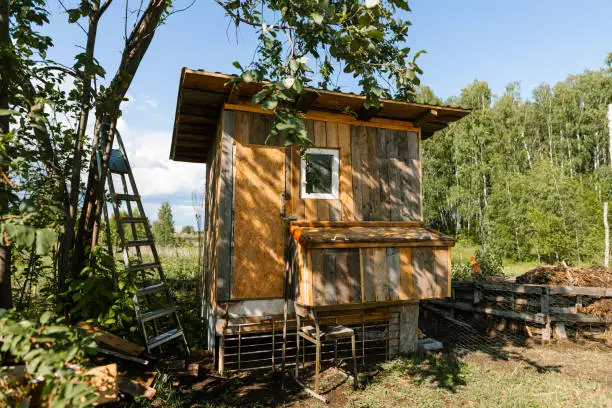
Leave a Reply
You must be logged in to post a comment.